Redwood Cant Lumber
- September 21, 2023
- 0 comment
Redwood Cant Lumber’s durability extends far beyond its resistance to decay and insects. This wood is also naturally resistant to warping and splitting, which are common issues with other types of lumber. This stability makes it an excellent choice for structural applications where maintaining the integrity of the wood is paramount. Whether used for load-bearing beams, posts, or other critical components, Redwood Cant Lumber can be relied upon to endure and provide long-lasting support.
Beyond its strength, the aesthetic qualities of Redwood Cant Lumber are truly exceptional. Its fine, straight grain and consistent coloration make it an ideal canvas for a range of finishes, from clear sealants that accentuate its natural beauty to solid stains that can match any architectural style. The deep red hue that is characteristic of freshly milled Redwood Cant Lumber provides an instant visual appeal, making it the preferred choice for those who appreciate the warm and inviting atmosphere it can create in outdoor spaces.
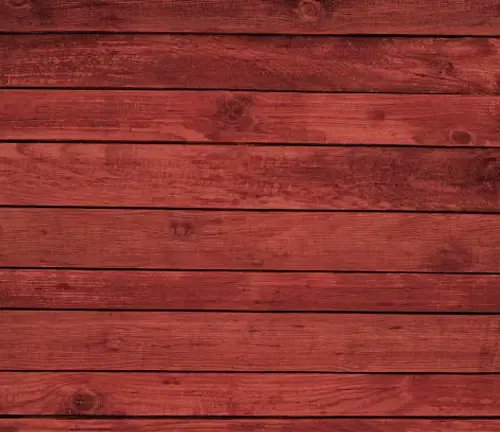
One of the most striking attributes of Redwood Cant Lumber is its inherent beauty. The wood’s exquisite fine grain, straight lines, and consistent coloration create a canvas that appeals to both artisans and those with an eye for aesthetics. Freshly milled Redwood Cant Lumber boasts a captivating deep red hue that adds warmth and charm to any outdoor setting. However, what truly sets this wood apart is its ability to age gracefully. Over time, it naturally weathers to a silvery-gray patina, adding character and a sense of timelessness to outdoor structures. Whether you prefer the vibrant red or the weathered silver-gray, Redwood Cant Lumber never ceases to impress with its visual appeal.
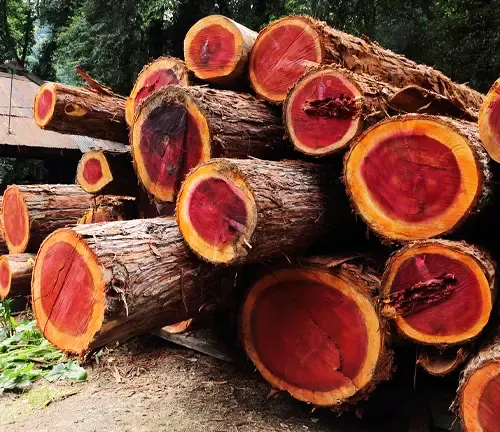
| Specifications | Description |
| Wood species | Redwood cant lumber is typically cut from coast redwood (Sequoia sempervirens). |
| Surface Finish | The surface of redwood cant lumber can range from rough-sawn to surfaced or planed on one or more sides. The choice of finish depends on the intended use and the desired appearance of your project. |
| Color and Grain | Redwood’s natural color is a rich reddish-brown, and it features a fine, straight grain. The color deepens with age and exposure to sunlight, adding to its beauty. |
| Moisture Content | Available in both kiln-dried and air-dried options. Kiln-dried lumber has lower moisture content, reducing warping and shrinking. |
| Texture | Redwood has a fine, uniform texture, which contributes to its smooth appearance when finished. |
| Workability | Redwood is known for its ease of workability with both hand and power tools, making it a favorite among woodworkers. |
| Fire Resistance | Redwood has good fire-resistant properties, adding to its suitability for use in areas with fire safety requirements. |
| Aesthetics | Redwood’s rich reddish-brown color and attractive grain patterns make it a preferred choice for high-end projects and architectural accents. |
| Cost | Pricing for redwood cant lumber can vary depending on grade, size, and region, but it is generally considered a premium wood product. |
| Availability | Availability of specific sizes and grades may vary by region and supplier; consult local suppliers for options that meet your needs. |
The Legacy of Redwood Trees
To fully appreciate redwood cant lumber, one must first understand its origins. These majestic trees, known scientifically as Sequoia sempervirens, are among the tallest and oldest living organisms on our planet. Stretching skyward along the western coast of North America, they are a testament to nature’s grandeur.

Craftsmanship Meets Durability
Redwood cant lumber possesses a set of unique characteristics that distinguish it from other wood species. Its exceptional durability, a hallmark of redwood, stems from the presence of natural oils and tannins, rendering it highly resistant to decay and insect damage. This durability ensures that redwood stands the test of time, making it an ideal choice for outdoor structures.
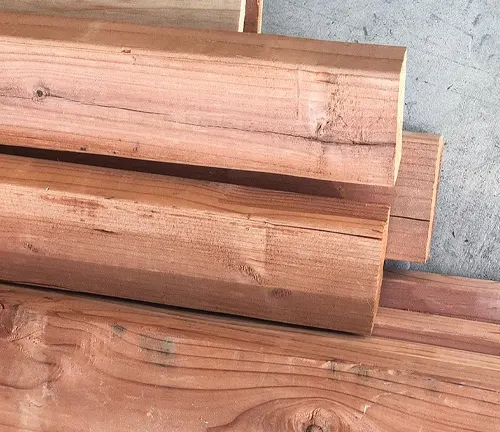
Aesthetic Delights of Redwood
Beyond its impressive strength, redwood’s visual appeal is a key reason for its popularity. The heartwood of redwood boasts a rich, reddish-brown hue that deepens with age and exposure to sunlight. Its fine, straight grain and consistent texture make it a favorite among woodworkers and architects seeking to create beautiful, enduring designs.
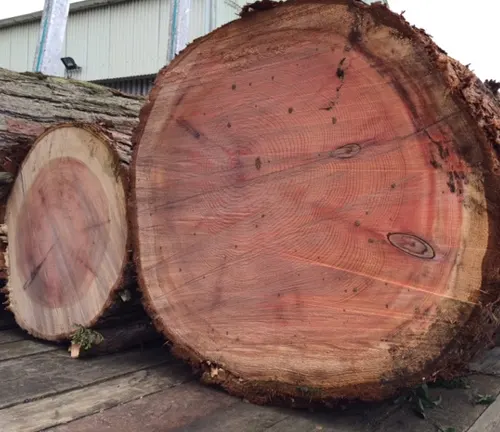
Sustainability
In an era where sustainability is paramount, redwood stands tall as an eco-friendly choice. The forests that yield redwood are meticulously managed, emphasizing responsible harvesting and reforestation practices. Redwood trees, with their impressive capacity to sequester carbon, contribute to a healthier planet while providing us with a renewable resource for generations to come.
Finishing and Maintenance Tips
Redwood is a beautiful wood that can be finished in a variety of ways to create different looks. To finish redwood, you will need to first sand the wood to a smooth finish. Once the wood is sanded, you can apply a stain or finish of your choice. Be sure to follow the instructions on the product label carefully.
Redwood is relatively easy to maintain. To keep your redwood projects looking their best, simply clean them with a damp cloth on a regular basis. You may also want to apply a fresh coat of finish every few years.
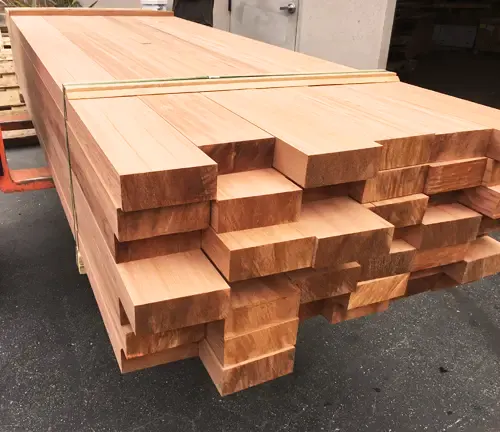
A Historical Perspective
Redwood cant lumber carries a rich history intertwined with the development of the American West. It played a pivotal role in the construction of iconic structures, including historic bridges, coastal mansions, and early American settlements. This historical significance adds to the reverence and fascination that surround redwood as a building material.
Common Uses
Redwood cant lumber finds its way into numerous applications owing to its exceptional properties. One of its most common uses is in outdoor structures, such as decks and fencing. Its innate resistance to decay and insects, coupled with its striking appearance, makes it an ideal choice for creating durable, eye-catching outdoor spaces. Its natural beauty extends to siding and cladding for homes and buildings, enhancing curb appeal while providing protection against the elements.
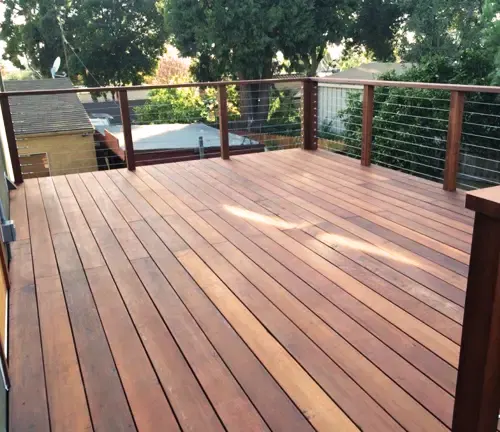

Frequently Asked Questions (FAQs)
- Is redwood cant lumber suitable for underwater applications?
Redwood is naturally resistant to decay and insects, making it a viable choice for applications in contact with soil and water. It’s often used for submerged projects such as boat docks and pilings. However, it’s essential to choose the appropriate grade and ensure proper maintenance to maximize its longevity in these environments. - Can redwood cant lumber be used for musical instrument construction?
Yes, redwood is occasionally chosen by luthiers (instrument makers) for crafting soundboards, particularly for acoustic guitars and pianos. Its resonance and tonal qualities, combined with its fine grain, make it a unique choice for creating musical instruments known for their warm, vibrant sound. - Is redwood lumber suitable for fire-resistant construction?
Redwood has inherent fire-resistant properties that can be advantageous in construction. While it is not entirely fireproof, it does perform well in fire tests. Some regions with wildfire concerns have incorporated redwood into building codes for its fire-resistant qualities, particularly in roofing and siding applications. - Can redwood cant lumber be stained or painted easily?
Redwood is known for its natural beauty, and many prefer to showcase its rich color by applying a clear finish or sealant. However, it can be stained or painted if desired. Due to its fine grain and texture, redwood accepts stains and paints uniformly, resulting in a polished and long-lasting finish. - How does redwood contribute to carbon sequestration and sustainability?
Redwood forests are exceptional at sequestering carbon dioxide from the atmosphere, helping mitigate climate change. These trees absorb and store substantial amounts of carbon, making them valuable in the fight against global warming. Sustainable harvesting practices, such as selective cutting and reforestation, ensure that redwood forests continue to serve as carbon sinks while providing a renewable resource for lumber production.


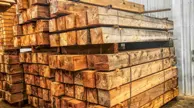




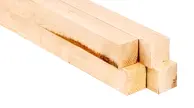


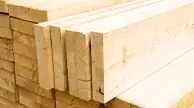



Leave your comment